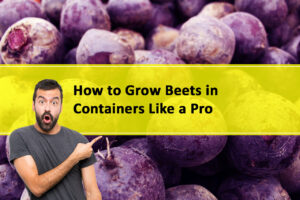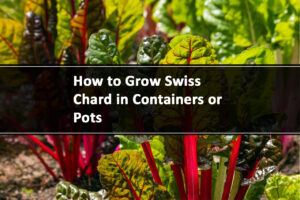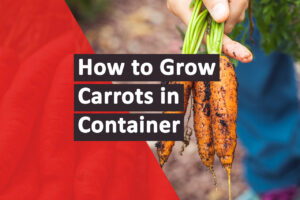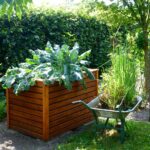Beautiful Plants For Your Interior
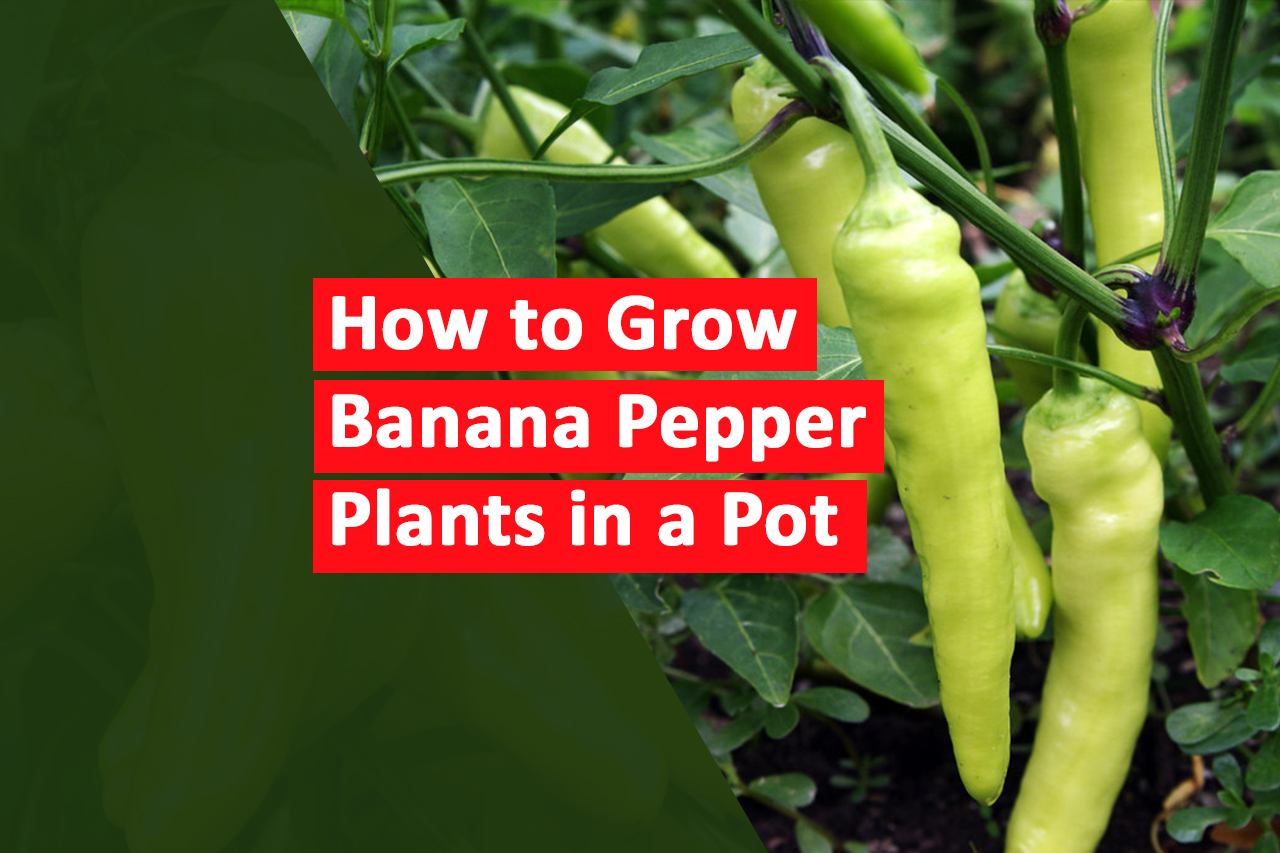
How to Grow Banana Pepper Plants in a Pot
Would you want to discover how to grow banana pepper plants in a pot? Banana peppers are a wonderful addition to any patio or urban garden, giving your meals a blast of flavor and color. They are a favorite among home gardeners because of their vivid yellow color and mild, acidic flavor. Their vibrant color, mild spiciness, and versatility in cooking make them a popular choice among gardeners and culinary enthusiasts alike. Whether you have limited outdoor space or want to keep these peppers within easy reach, growing banana peppers in a pot can be a rewarding and enjoyable experience.
The Benefit of Growing Banana Pepper Plants in a Pot
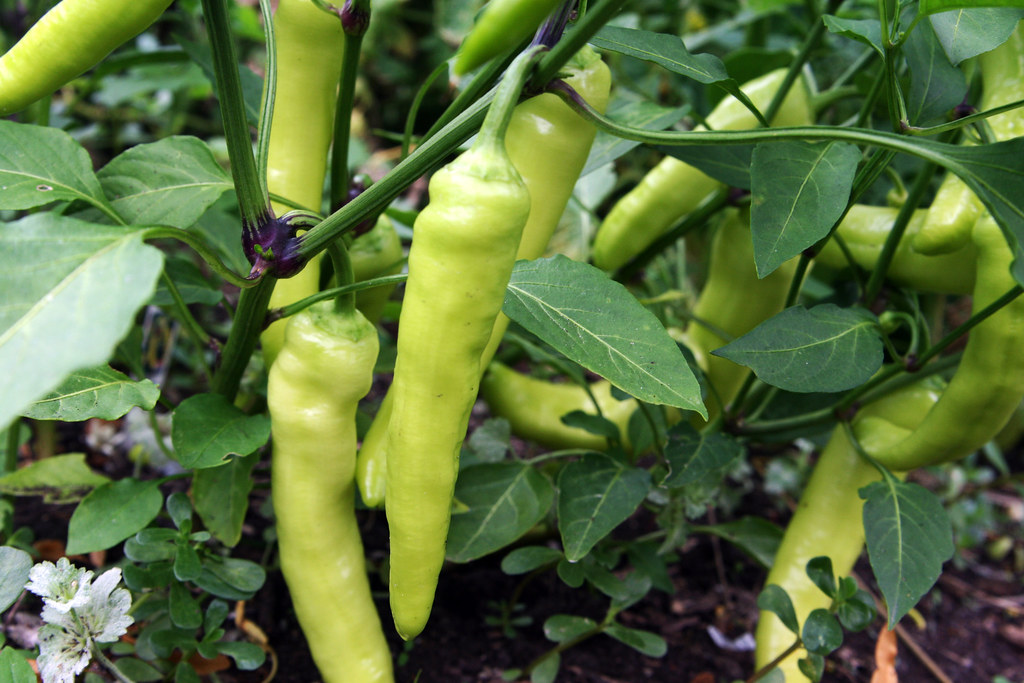
Growing banana pepper plants in a pot offer several benefits, making it a popular choice for many gardeners. Here are some advantages of cultivating banana peppers in containers:
1. Limited Space Requirements: Banana pepper plants are relatively compact compared to other pepper varieties, making them suitable for container gardening, especially for those with limited outdoor space like balconies, patios, or small yards.
2. Mobility and Flexibility: Pots allow you to move the plants around easily, ensuring they receive the right amount of sunlight throughout the day and protection from extreme weather conditions. You can also bring them indoors during colder months, extending the growing season.
3. Soil Control: Using a pot enables better control over the soil quality, drainage, and pH levels. You can customize the soil mix to suit the specific needs of banana pepper plants, ensuring optimal growth and productivity.
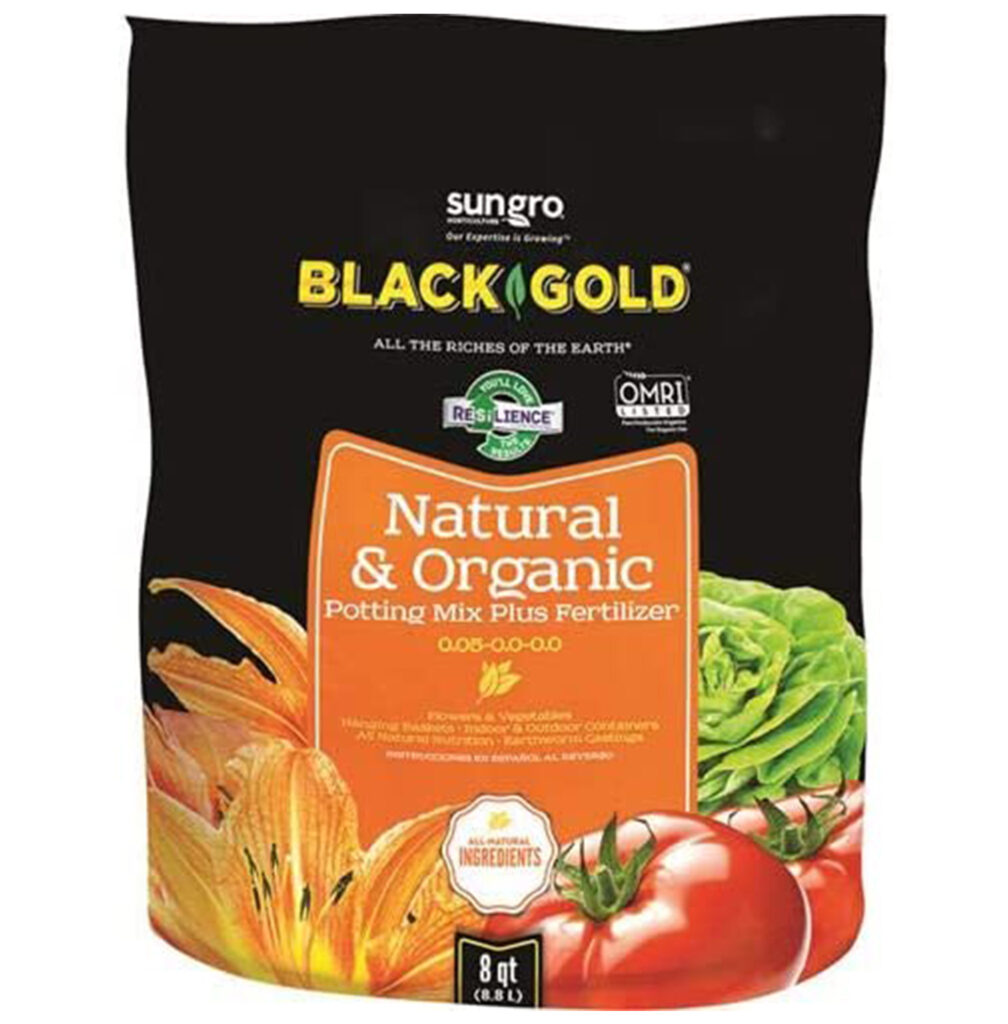
All-Purpose Organic Potting Soil
Use in hanging baskets, patio containers, herb gardens, vegetable plantings, and anywhere you would like to use an organic soil
4. Reduced Risk of Diseases: Growing in containers can help reduce the risk of soil-borne diseases, as you start with fresh potting mix, minimizing the chance of pathogens compared to reusing garden soil.
5. Pest Control: Container gardening can make it easier to manage pests and insects. You can isolate your plants if needed, making it more challenging for pests to spread from one plant to another.
6. Early Harvesting: Containers can provide a warmer microclimate, allowing the soil to heat up faster than the ground. This can lead to earlier fruit production, extending the overall harvest period.
7. Accessibility: Tending to plants in containers is more accessible, especially for individuals with mobility issues. You can place the pots at a convenient height and location, making maintenance tasks like watering, pruning, and harvesting easier.
8. Aesthetic Appeal: Banana pepper plants can be quite attractive with their vibrant green foliage and colorful peppers. Growing them in pots allows you to create a visually pleasing display, enhancing the beauty of your outdoor space.
9. Organized Planting: Container gardening helps you keep your garden organized and allows you to rotate plants more easily. This is particularly useful for crop rotation, which can help prevent soil depletion and improve overall plant health.
10. Experimentation: With container gardening, you can experiment with different varieties of banana peppers or other companion plants in separate pots, observing their growth and development with ease.
How to Grow Banana Pepper Plants in a Pot
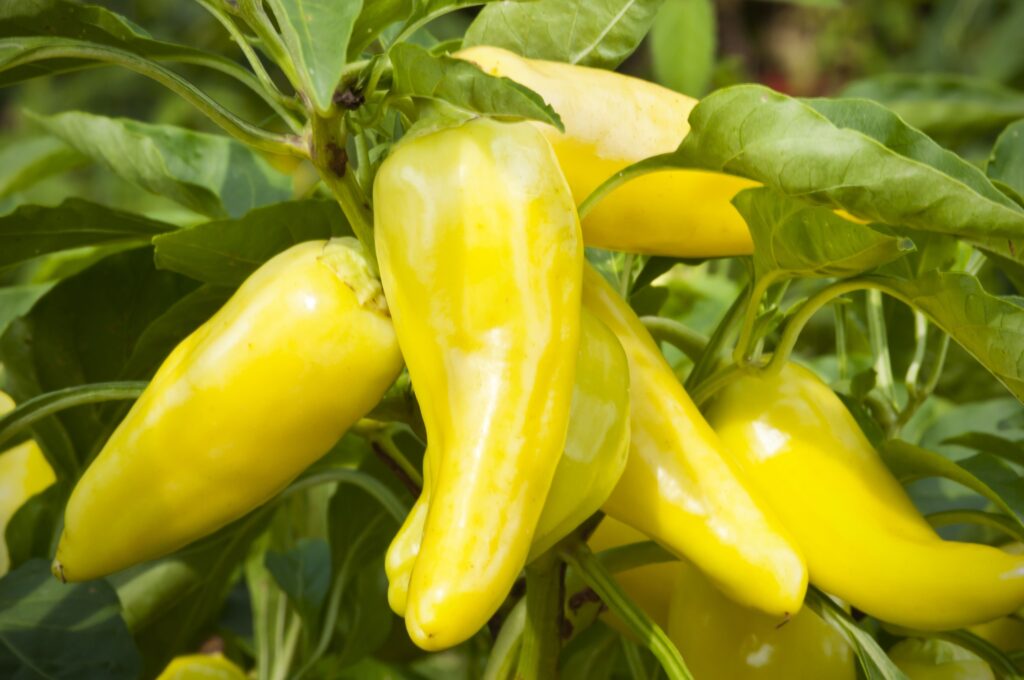
Not everyone, however, has access to a sizable garden area. Thankfully, planting banana pepper plants in pots is a useful and fruitful substitute. In this comprehensive guide, we will walk you through all the steps necessary to successfully cultivate thriving banana pepper plants in containers.
- Choosing the Right Pot:
Selecting the proper container is crucial for the successful growth of banana peppers. Ideally, opt for a pot that is at least 12 inches in diameter and 12 inches deep. This site will provide enough space for the plant’s root system to develop adequately. Additionally, ensure that the pot has sufficient drainage holes to prevent waterlogging, as excess moisture can lead to root rot.
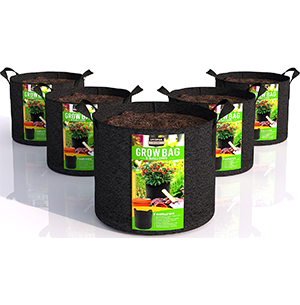
Banana Pepper Planters Pots
Utopia Home 5-Pack 5 Gallon Fabric Grow Bags, Heavy Duty Thickened Fabric Planters Pots, Aeration Fabric Pots with Handles, Nonwoven Fabric Bags Suitable for Vegetables Flowers Mushroom
- Soil Selection and Preparation:
The quality of the soil significantly impacts the health and productivity of banana pepper plants. Use a well-draining potting mix enriched with organic matter. A blend of peat moss, perlite, and compost will offer the ideal combination of nutrients and aeration for the roots.
- Location and Sunlight:
Banana peppers thrive in warm and sunny environments, so choose a location that receives at least 6-8 hours of sunlight daily. Place the pot in an area with ample sunlight exposure, such as a sunny windowsill or a sunny spot on your patio or balcony.
- Planting Banana Pepper Seeds or Seedlings:
Option A: Starting from Seeds:
- Fill the pot with the prepared potting mix, leaving about an inch of space below the rim.
- Sow the banana pepper seeds about 1/4 inch deep into the soil, spacing them 2 inches apart.
- Mist the soil gently with water to keep it moist but not soggy.
- Cover the pot with plastic wrap or use a seed-starting dome to create a humid environment for germination.
- Once the seedlings emerge (usually within 7-10 days), remove the cover and place the pot in a sunny location.
Option B: Using Seedlings:
- Purchase healthy banana pepper seedlings from a reputable nursery or garden center.
- Gently remove the seedlings from their original containers, being careful not to damage the roots.
- Dig small holes in the prepared soil and place the seedlings, ensuring the top of the root ball is level with the soil surface.
- Fill the gaps with soil and lightly tamp down to secure the seedlings in place.
- Watering:
Proper watering is essential for banana pepper plants. Keep the soil consistently moist but not waterlogged. Stick your finger about an inch into the soil; if it feels dry, it’s time to water. During hot weather, you may need to water daily, while in cooler temperatures, watering every 2-3 days should be sufficient. Avoid overhead watering, as wet foliage can promote disease. Instead, water at the base of the plant.
- Fertilizing:
Banana peppers are heavy feeders, and they require regular fertilization to thrive. Begin fertilizing with a balanced, water-soluble fertilizer once the plants have established their first set of true leaves. Follow the manufacturer’s instructions for the appropriate dosage and frequency of application. Additionally, consider supplementing with organic fertilizers to enrich the soil with essential nutrients gradually.
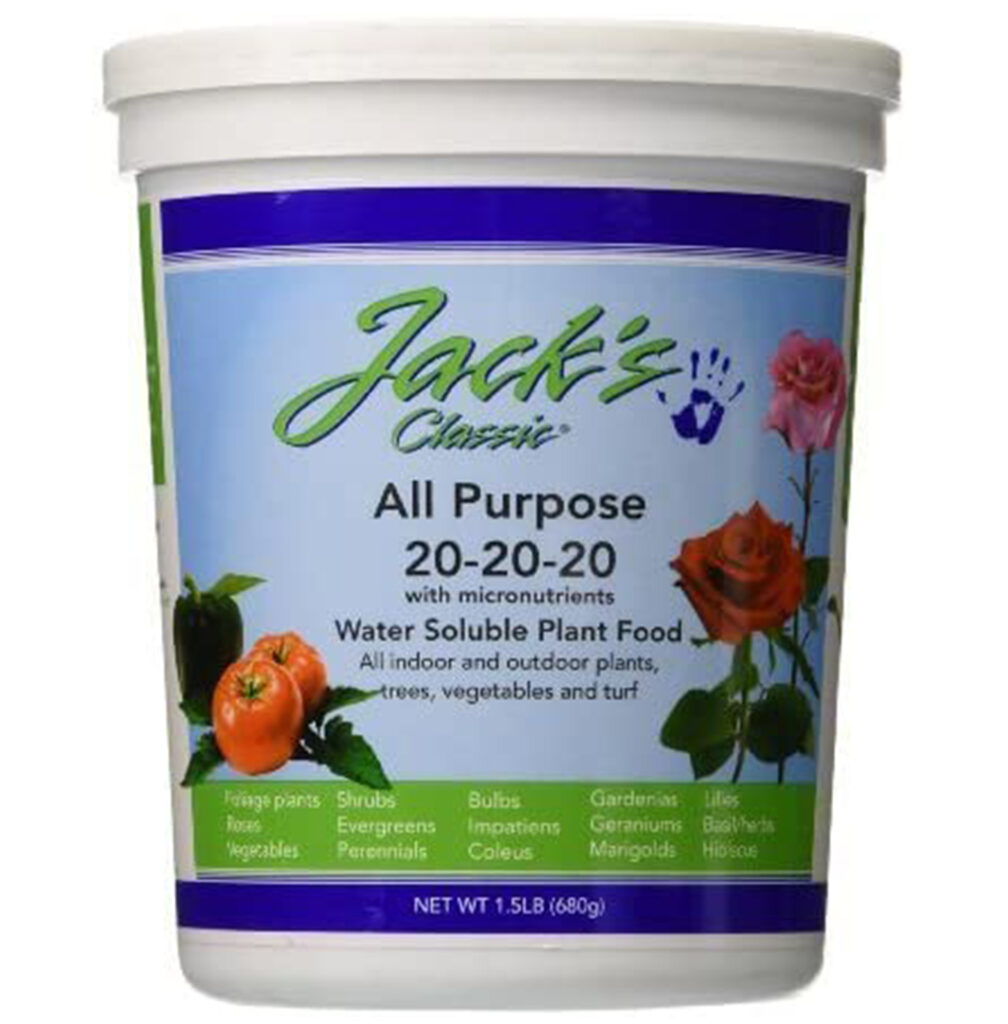
Water Soluble Fertilizer With NPK Ratio For Banana Pepper
Jack’s Classic All Purpose 20-20-20 Water Soluble Plant Food (1.5lbs) (2-Pack)
- Pruning and Training:
As your banana pepper plants grow, they may benefit from pruning to encourage better air circulation and sunlight penetration. Pinch off any side shoots that form between the main stem and branches. This will direct energy toward fruit production and result in a more productive plant. You can also stake or provide support to the main stem as the plant grows taller to prevent it from bending or breaking under the weight of the fruit.
- Pest and Disease Management:
Banana peppers are generally resistant to pests and diseases. However, occasional issues may arise. Regularly inspect the plants for signs of aphids, spider mites, or other common pests. If infestations occur, treat them with organic insecticidal soap or neem oil. Proper spacing between plants and good airflow will help prevent fungal diseases, but if necessary, apply appropriate fungicides following the instructions provided.
- Harvesting Banana Peppers:
Banana peppers are ready for harvest when they reach a length of 4-6 inches and have a firm texture. Use a sharp pair of scissors or pruning shears to cut the peppers off the plant, leaving a short stem intact. Regularly harvesting ripe peppers will encourage further fruit production and extend the harvest season.
People also ask
-
How big do banana pepper plants get?
Banana pepper plants typically reach a height of 18 to 24 inches (45 to 60 cm) and have a spread of 12 to 18 inches (30 to 45 cm).
-
What are the Banana pepper growth stages?
The growth stages of banana pepper plants include germination, seedling, vegetative growth, flowering, fruit development, and harvest. From sprouting as seeds, they develop into seedlings, grow leaves and stems, produce flowers, form fruits, and finally reach the stage of harvest when the peppers are ready to be picked.
-
Is Growing banana peppers indoors possible?
Yes, growing banana peppers indoors is possible. By placing them near a south-facing window or using artificial grow lights, providing proper care, and controlling temperature and humidity, you can successfully cultivate banana pepper plants and enjoy a harvest of flavorful peppers indoors.
-
Where to find Banana Pepper plants for sale?
You can find banana pepper plants for sale at local nurseries, garden centers, online garden stores, farmers’ markets, and through seed catalogs. Joining community gardening groups or plant exchanges is another option to find banana pepper plants for purchase.
-
What size pot should I use for growing banana pepper plants?
It is recommended to use a pot that is at least 12 inches in diameter and 12 inches deep. This will provide enough space for the roots to grow and develop properly.
-
What type of soil is best for growing banana pepper plants in pots?
Choose a high-quality, well-draining potting mix enriched with organic matter. Banana pepper plants prefer a slightly acidic to neutral pH range of 6.0 to 7.0. You can also add compost or other organic fertilizers to improve the soil quality.
-
How much sunlight do banana pepper plants need?
Banana pepper plants thrive in full sunlight. They require at least 6 to 8 hours of direct sunlight each day. If you’re growing them indoors, make sure to place the pots near a south-facing window or use artificial grow lights to provide sufficient light.
-
How often should I water my banana pepper plants in pots?
Keep the soil consistently moist, but not waterlogged. Water your banana pepper plants when the top inch of the soil feels dry to the touch. During hot summer days, you may need to water them more frequently. Avoid overwatering as it can lead to root rot.
-
Do I need to fertilize my banana pepper plants in pots?
Yes, banana pepper plants are heavy feeders and require regular fertilization for healthy growth and abundant fruit production. Use a balanced, water-soluble fertilizer with an NPK ratio of 10-10-10 or 20-20-20. Start fertilizing two weeks after transplanting and continue every two to three weeks during the growing season.
-
Can I reuse the potting soil for the next season?
It is generally recommended to replace the potting soil each growing season. Reusing the soil can lead to nutrient depletion and the buildup of pathogens. However, you can refresh the soil by adding compost or other organic amendments before planting new pepper plants.
-
Are banana pepper plants perennials or annuals?
Banana pepper plants are usually grown as annuals, meaning they complete their life cycle within a single growing season. Yet, in areas with mild winters, they may survive and produce peppers for multiple seasons.
Wrap up On How to Grow Banana Pepper Plants in a Pot
Growing banana peppers in a pot is a rewarding and accessible gardening project that allows you to enjoy a bountiful supply of these flavorful peppers right at your doorstep. By following the steps outlined in this guide, you’ll be well on your way to cultivating thriving banana pepper plants in containers. With proper care, attention, and a little patience, you can savor the joy of homegrown banana peppers and elevate your culinary creations to new heights.

